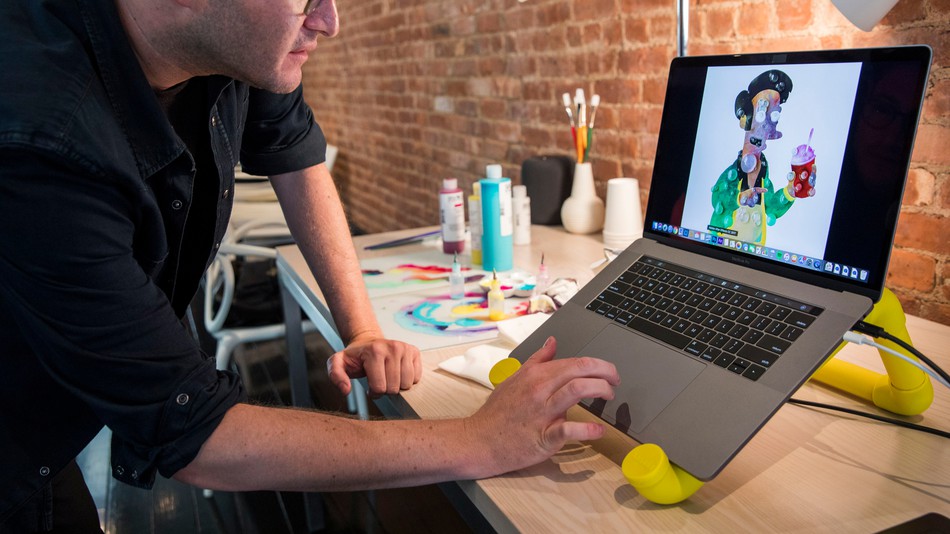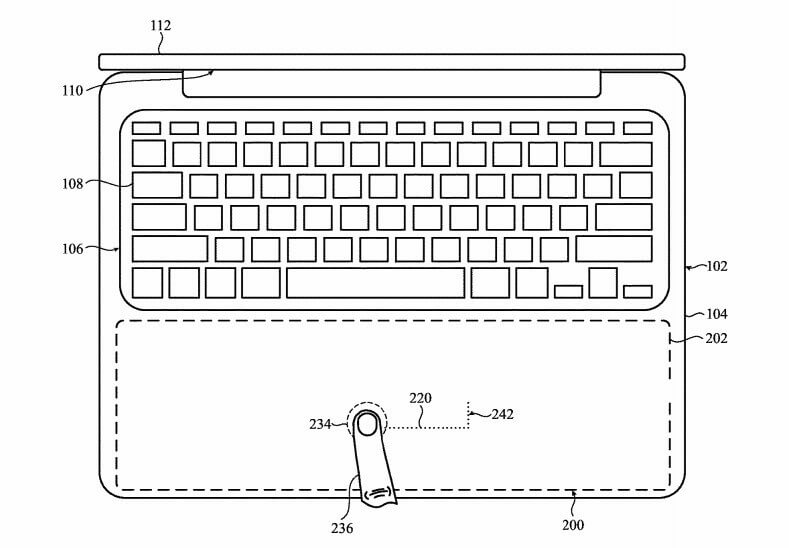In a nutshell: Do you prefer your laptop trackpads to be on the larger side? If so, Apple's patent could have the answer: rather than using a physical trackpad, the whole bottom part of a laptop is used to create a touch surface.
The futuristic concept comes from a recently granted Apple patent called "Dynamic input surface for electronic devices." In essence, it involves removing the traditional trackpad entirely and using all the space below the keyboard instead.
While this might sound hugely impractical, the patent mentions that the area of touch input can be defined by "a group of indicators" that "may be holes," which could be selectively illuminated based on user gestures. That means you'll be able to dynamically alter the size of the touch area's dimensions, which is outlined with lights, using your fingers.
It's even possible to move the pad from one side of the laptop to the other, depending on user preference.
The obvious problem is that people might keep touching the trackpad area while they're typing, as most use the area below the keypad as a wrist rest. But according to the patent, touch detection modules will be used to prevent accidental interactions.
The trackpad area could have other bells and whistles, including haptic feedback, graphics from apps, and even visual confirmation of taps and finger movements, such as a light trail from a fingertip.
We have seen trackpads with graphics before---several can switch to an illuminated number pad, should a keyboard lack the feature. There's also Asus's ZenBook Pros, which have secondary touchscreens that can double as trackpads. But Apple's patent is something entirely different.
As with all patents, we might never see this one in a real product, but laptop designs are changing after many years of remaining pretty much the same. Could this be the new feature on a future MacBook Pro? We'll have to wait and see.


